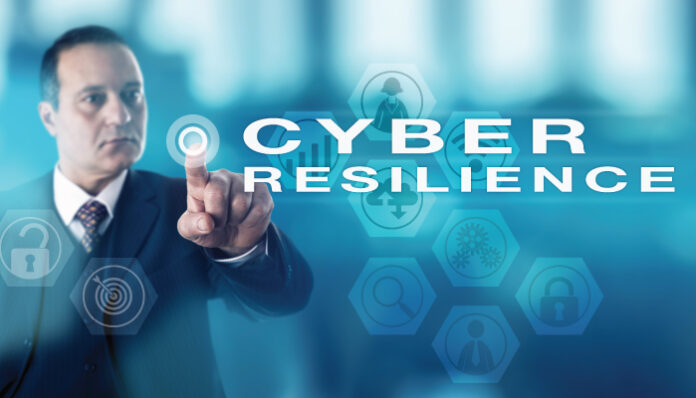In light of the rapid growth of networks and shifting threat landscape, achieving cyber-resilience is challenging because enterprises lack real-time awareness of the security posture related to their IT assets and infrastructure.
Since no organization is too little, too obscure, or too off-the-radar to be targeted by a cyber-attack, cyber-resilience is a necessity for modern businesses. Companies must stay up to date on the threat landscape and toughen their defenses as more sophisticated attack operations trickle down to common hacker groups.
Breach causes monetary loss, company interruption, reputation harm, and regulatory proceedings. The Cost of a Data Breach Report 2021 by IBM states that in its 17-year history, 2021 had the highest average overall cost for data breaches, increasing from USD 3.86 million to USD 4.24 million.
Cyber-resilience is not a straightforward improvement. There are numerous steps and numerous iterations. The following actions can be taken by an organization to increase its cyber-resilience.
Raise the issue of cyber-resilience to the level of the board
Similar to cyber-security, cyber-resilience necessitates significant financial and human resources. The board of directors of an organization can support the overall goal and budget necessary to reduce breach risk by enhancing cyber-resilience by being informed about breach risk and cyber-resilience. As with the executive team, it is beneficial to keep them updated on a frequent basis on how the security team’s actions lead to business risk reduction results and how the multiple security projects relate to the corporate objectives.
Educate the workforce
The idea that cyber protection is only as powerful as each remote employee is brought up again in this phase. Cyber awareness is crucial when building cyber-resilience; thus, IT teams must educate staff members about cybercrime techniques, including phishing and company email compromise. Firms can ensure cyber-resilience and reduce human risk by regularly implementing periodic, simple-to-understand awareness and response training.
Also Read: Three Effective Methods for Securing IoT Devices Against Cyber-Attacks
Recruit the right people
The best security experts are those who work hard to keep themselves current with transformations in the threat landscape and available countermeasures. Firms must take action to develop the potential of the team they already have because there is a severe dearth of these individuals right now. Therefore, enterprises should consider creating cyber apprenticeships to train individuals from diverse backgrounds who can collaborate with existing experts.
Migrate risk
Businesses can focus effectively on reducing the risk of interruption or slowdowns by investing in specific measures by determining their risk profile.
This stage involves choosing which situations should be given priority when trying to relocate the risk because companies won’t have the resources to mitigate every risk. This is accomplished by calculating the likelihood that each risk will materialize and the consequences it will have on the company.
For instance, businesses might want to consider role-based customization of employee-related restrictions. Only individuals with access to crucial assets would be subject to controls to prevent data leakage, ensuring they are devoting their time and resources to the most critical tasks.
For more such updates follow us on Google News ITsecuritywire News









